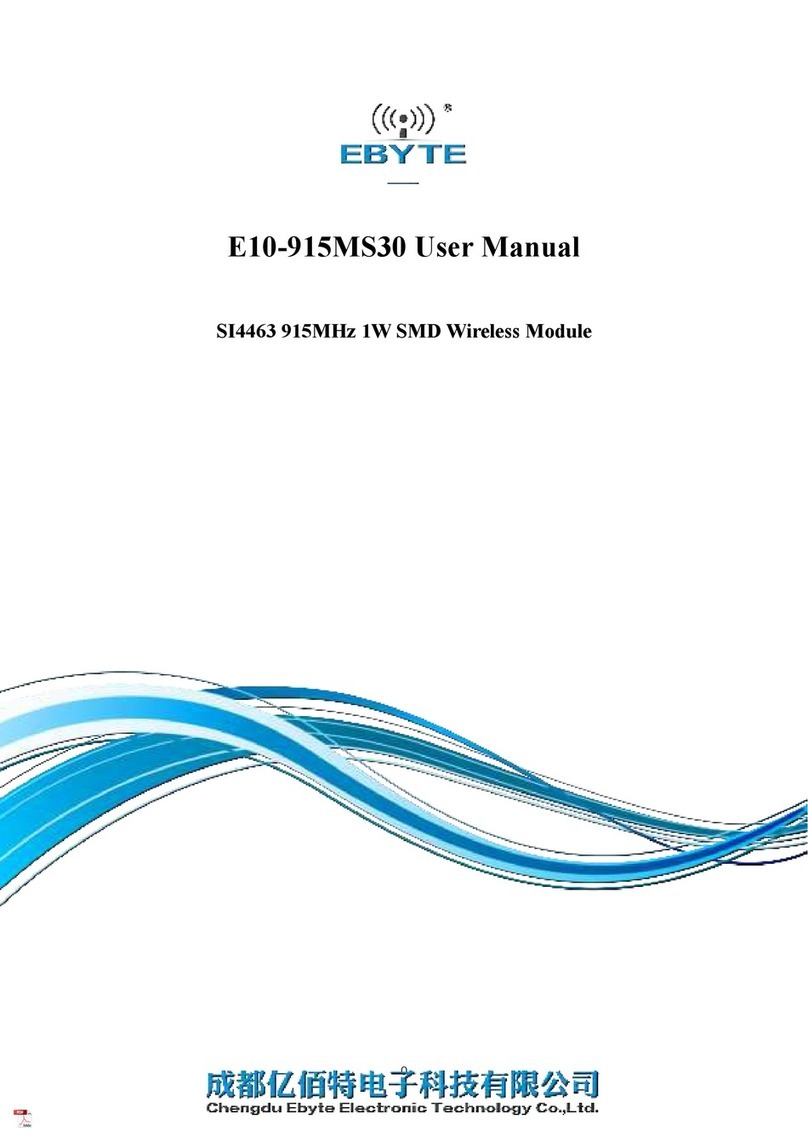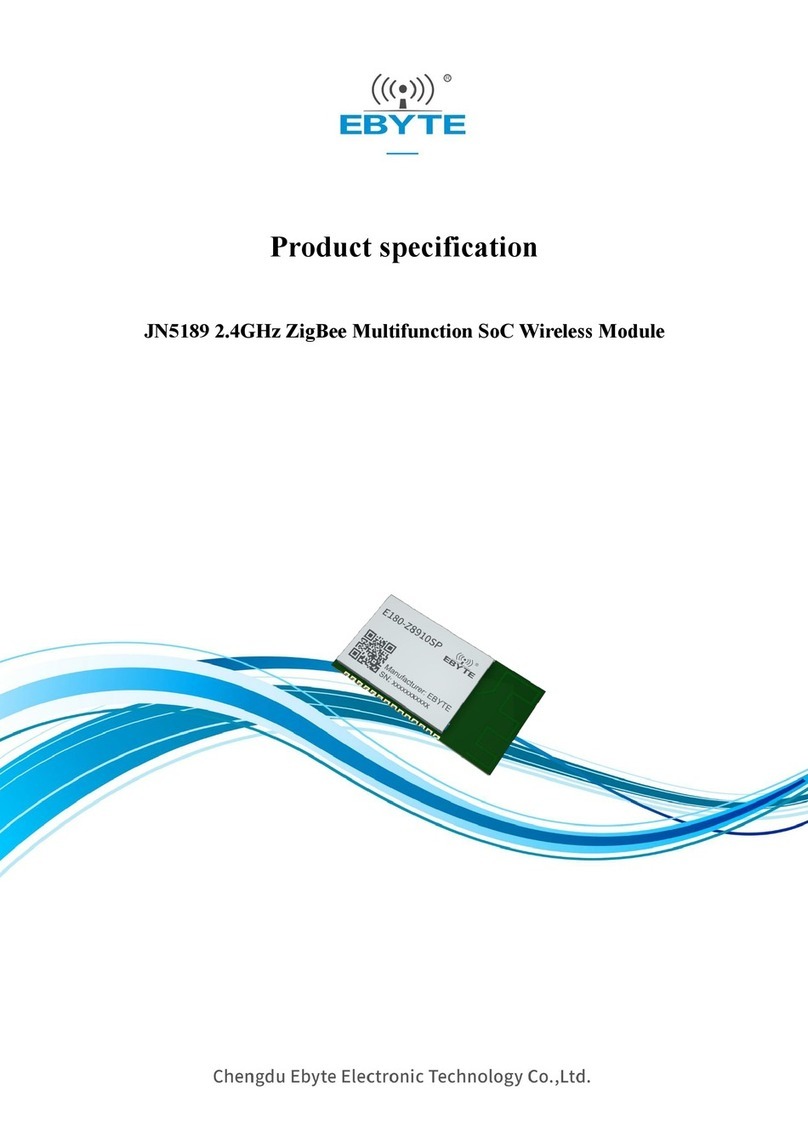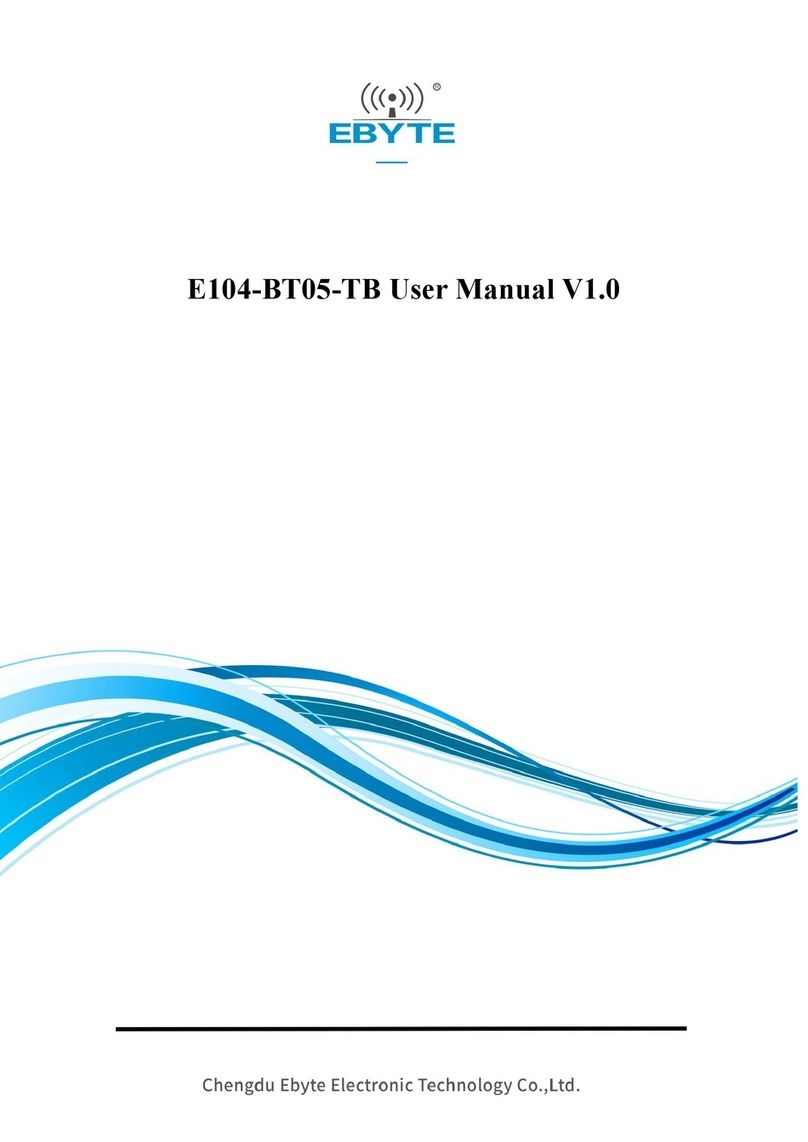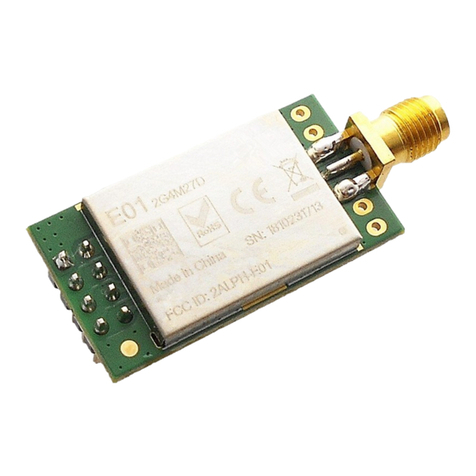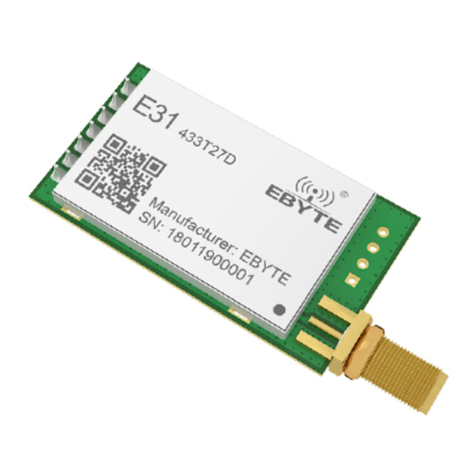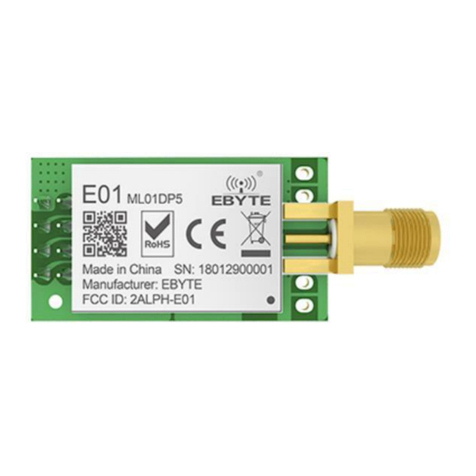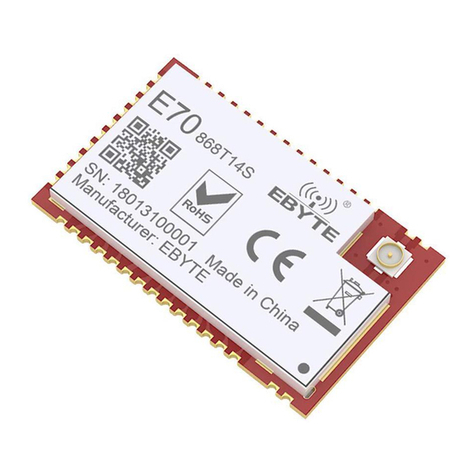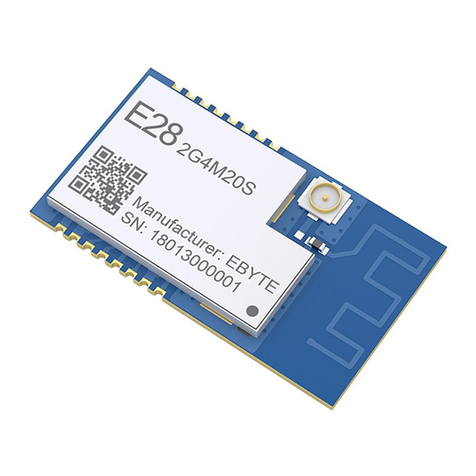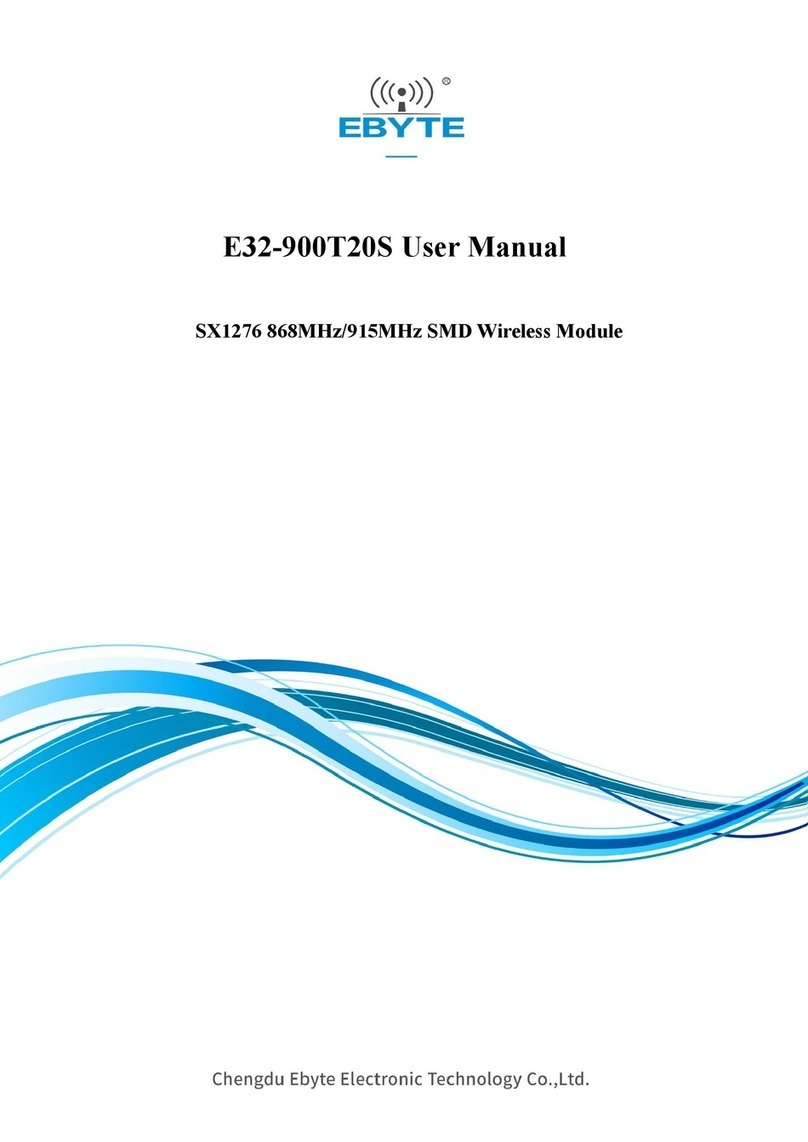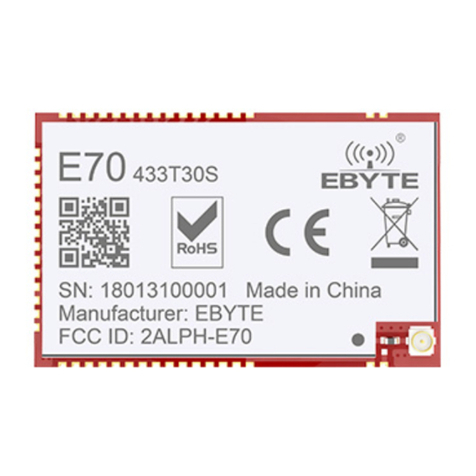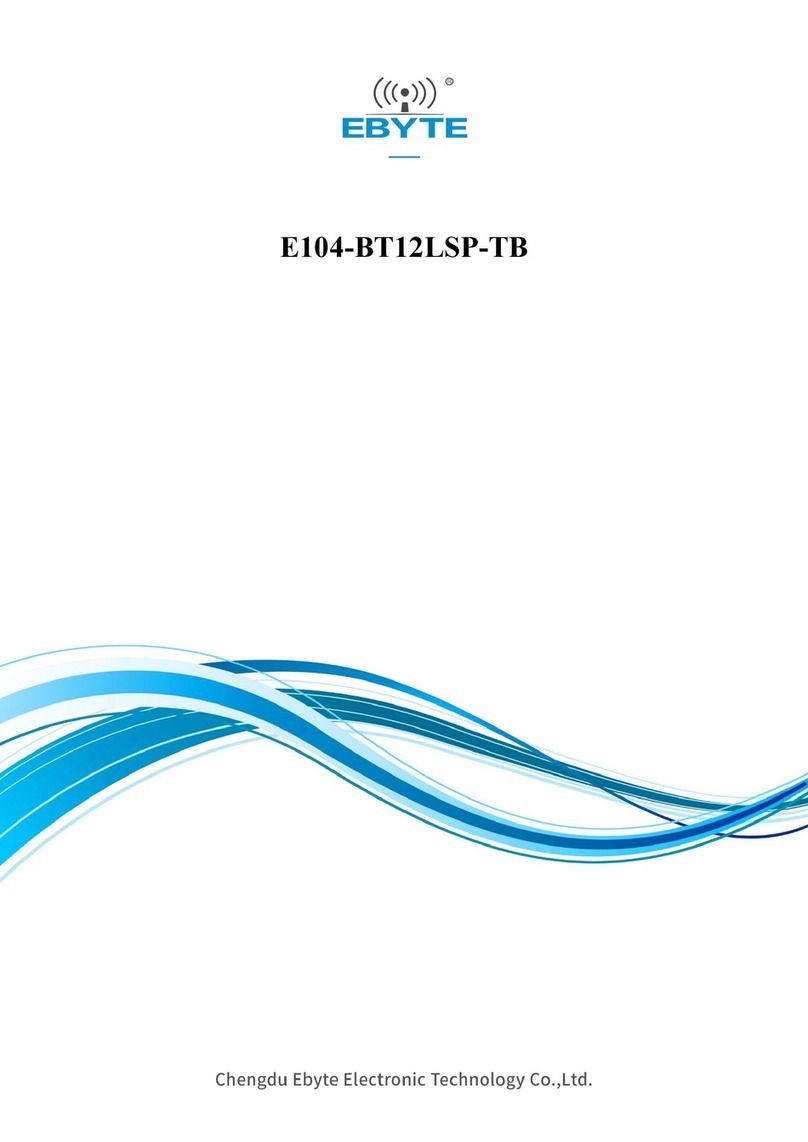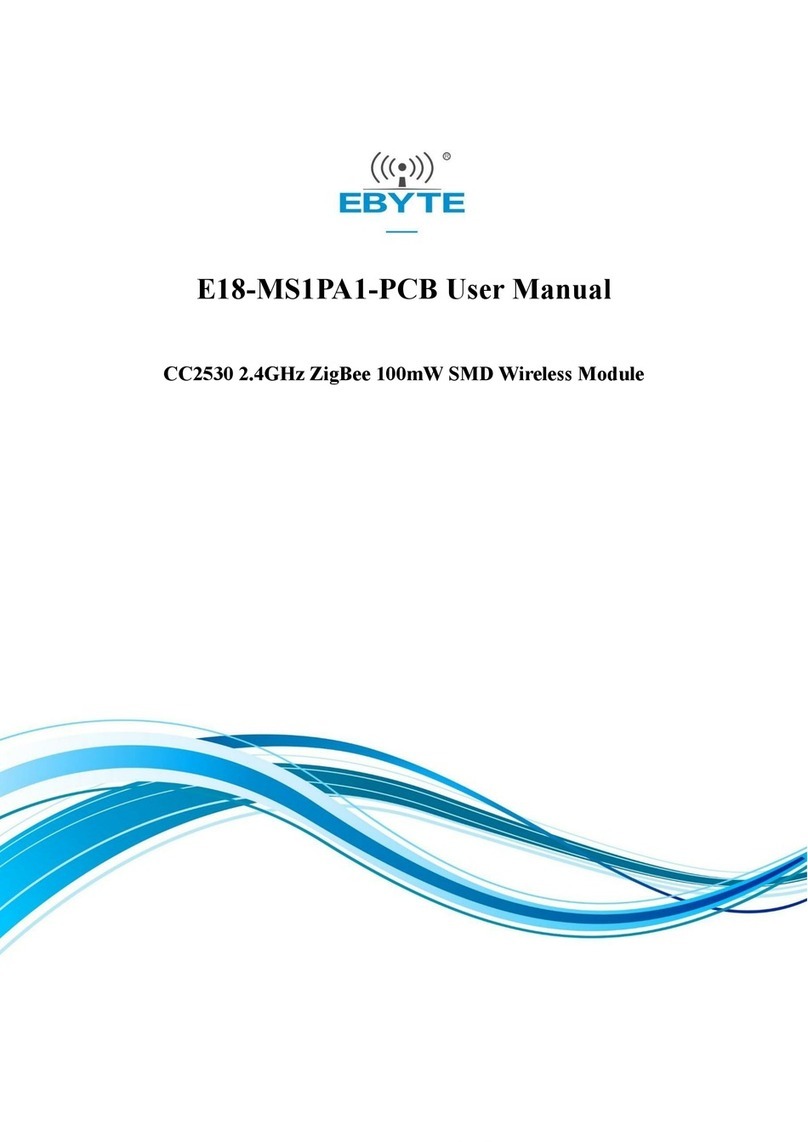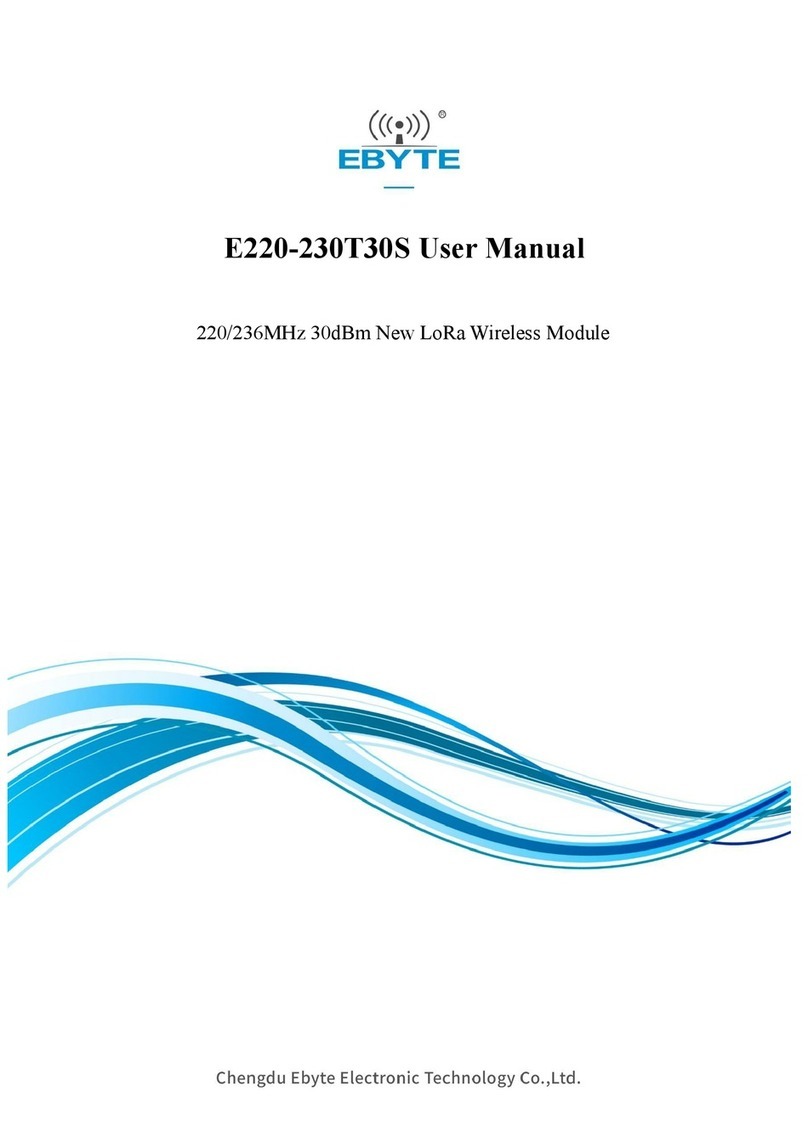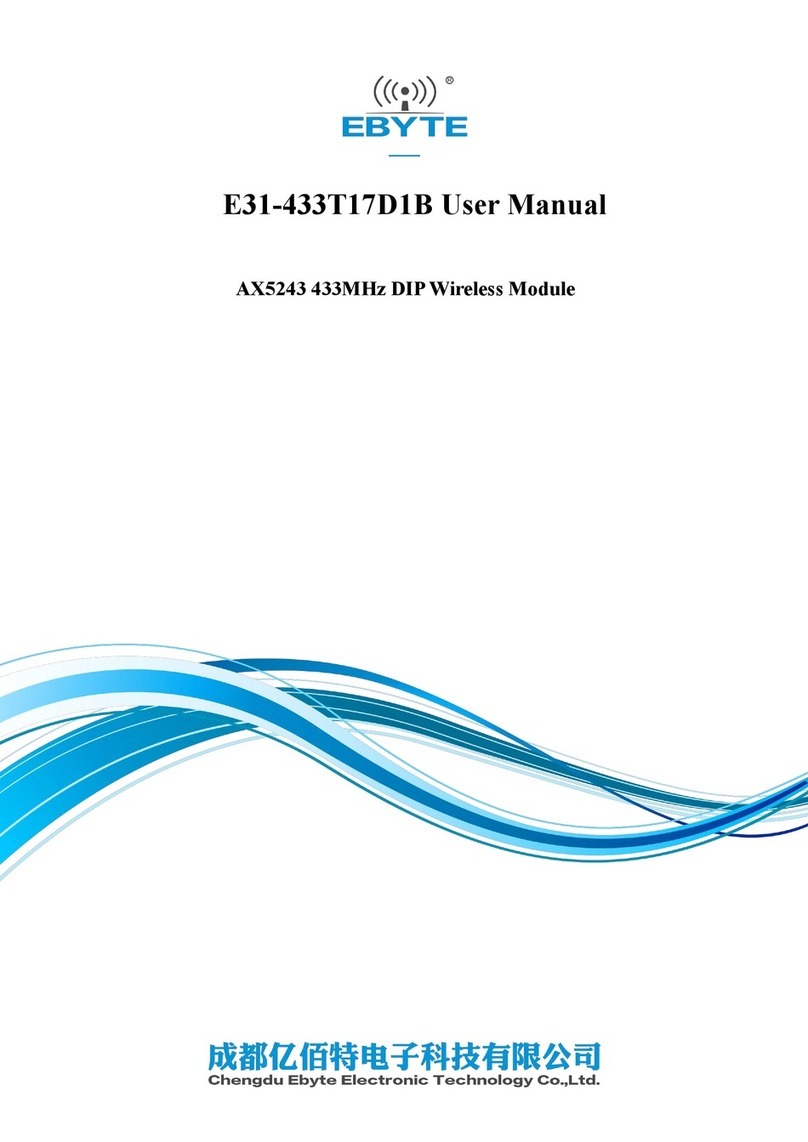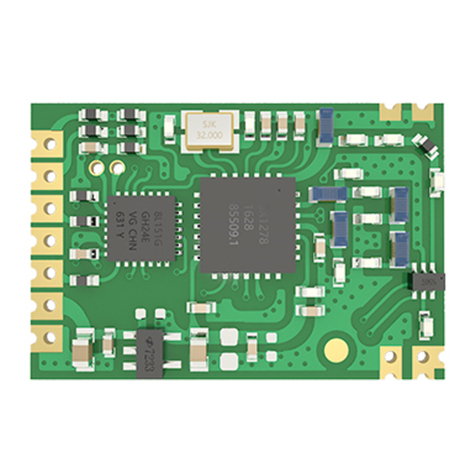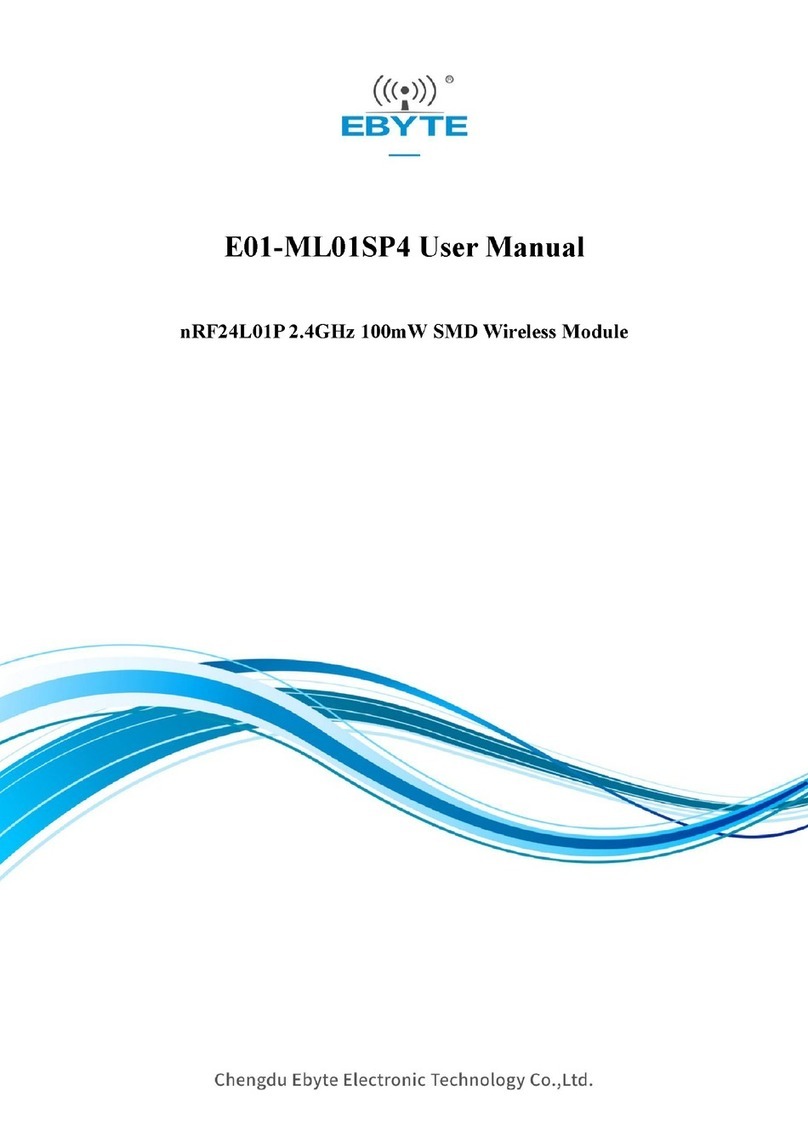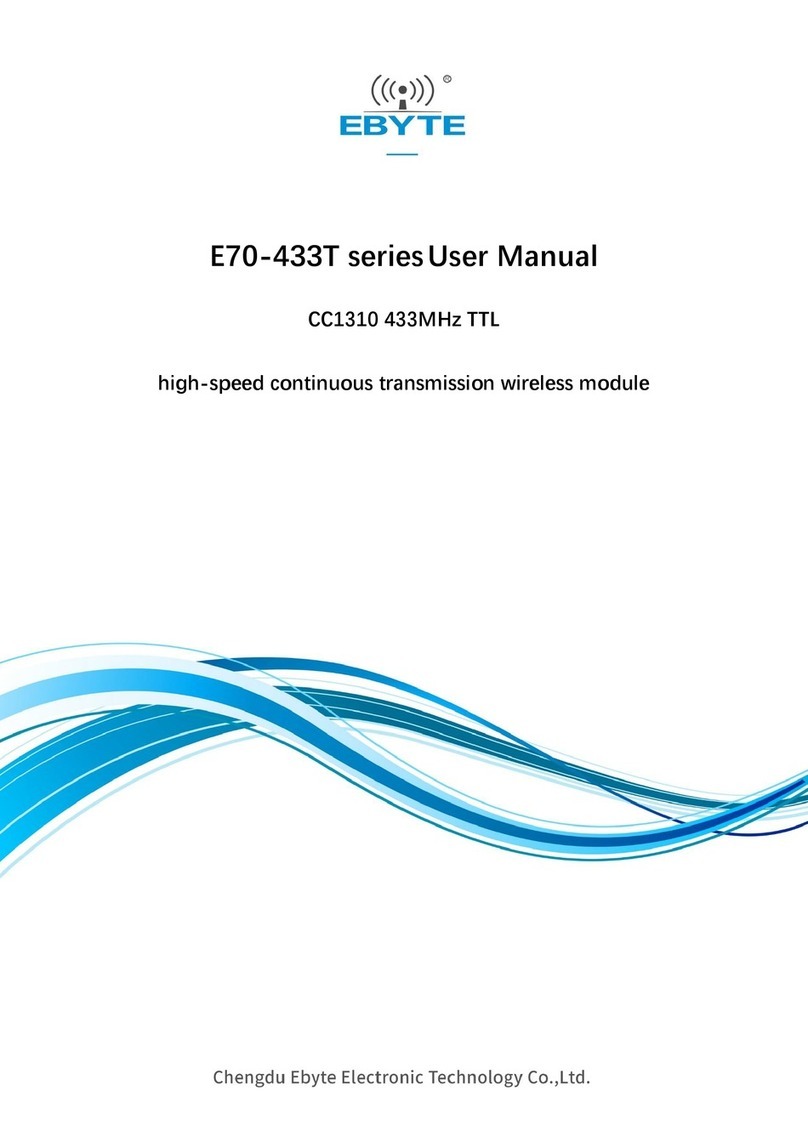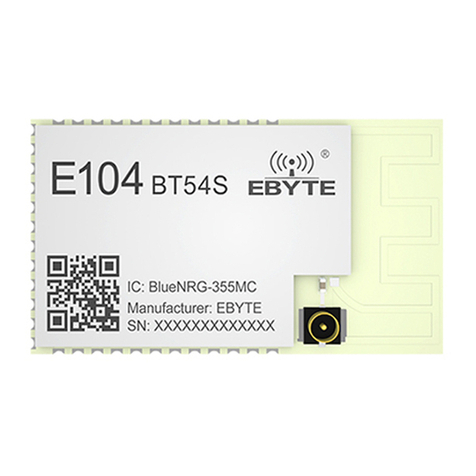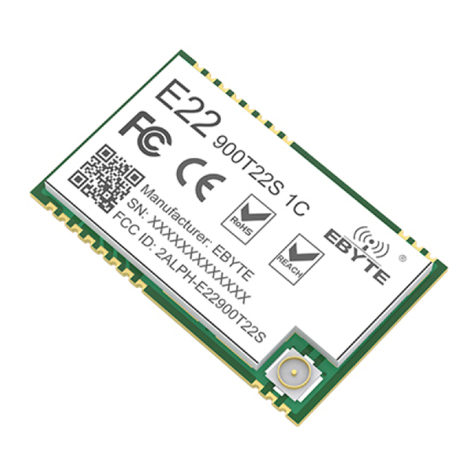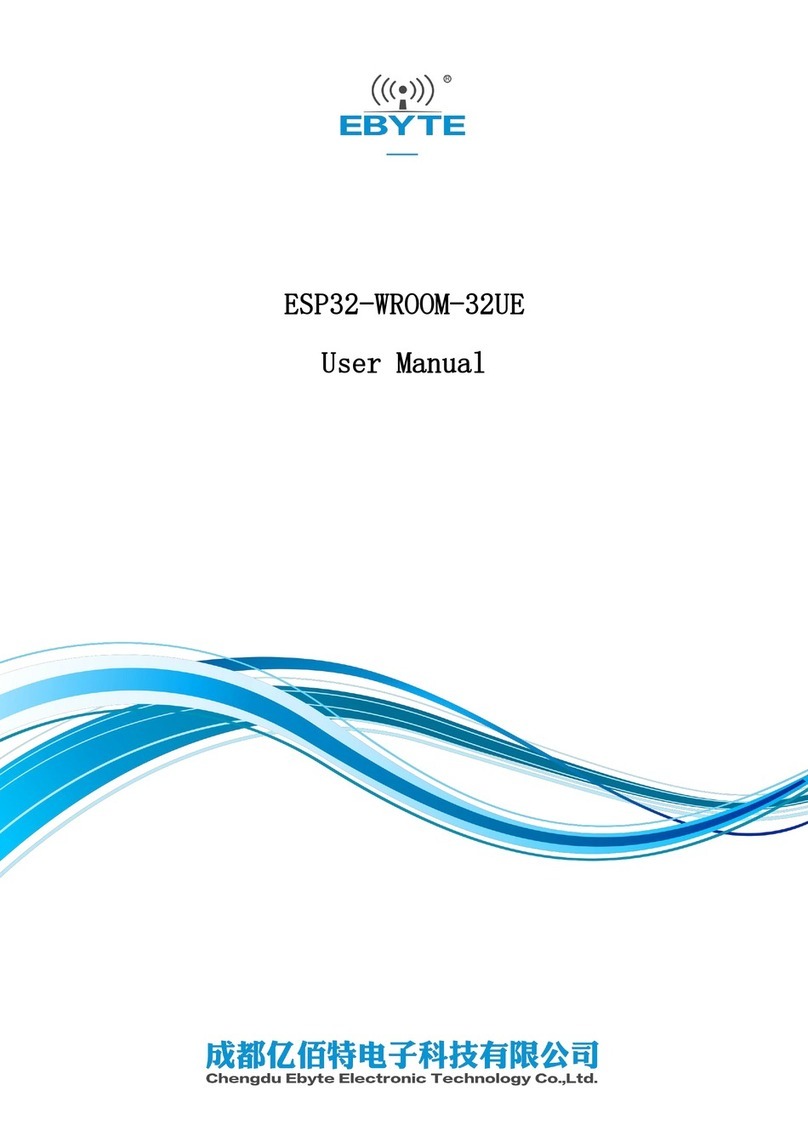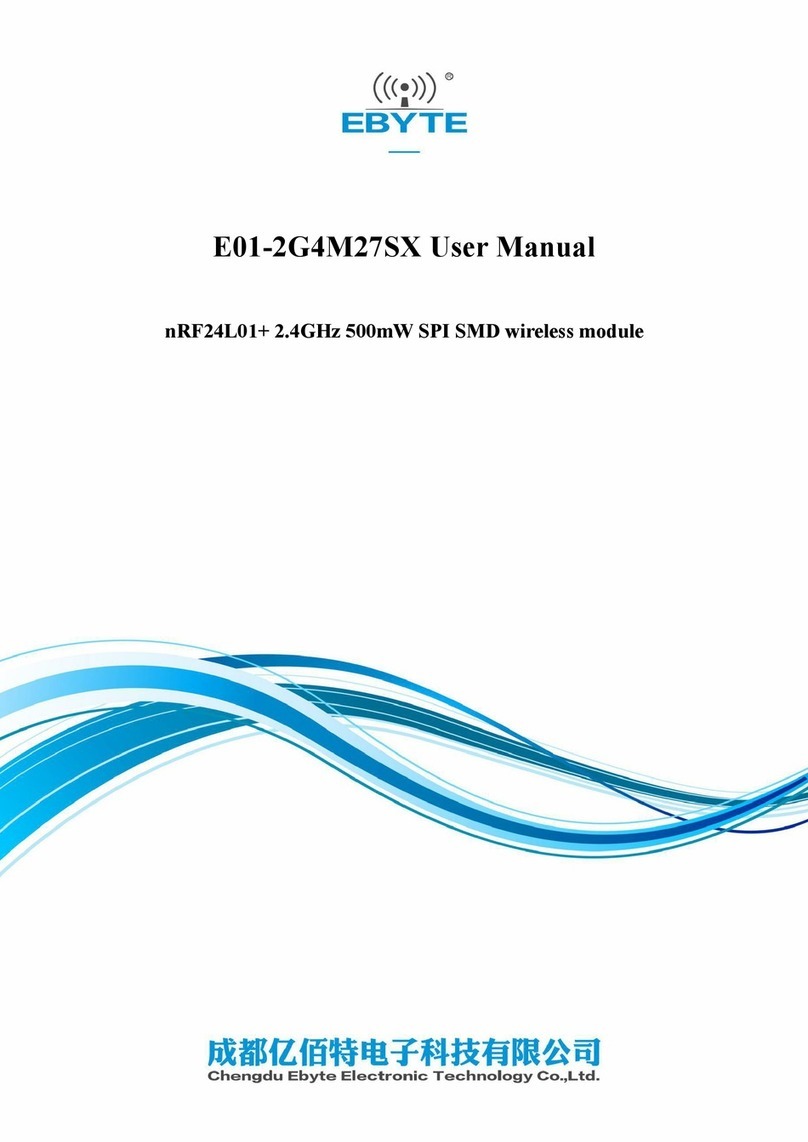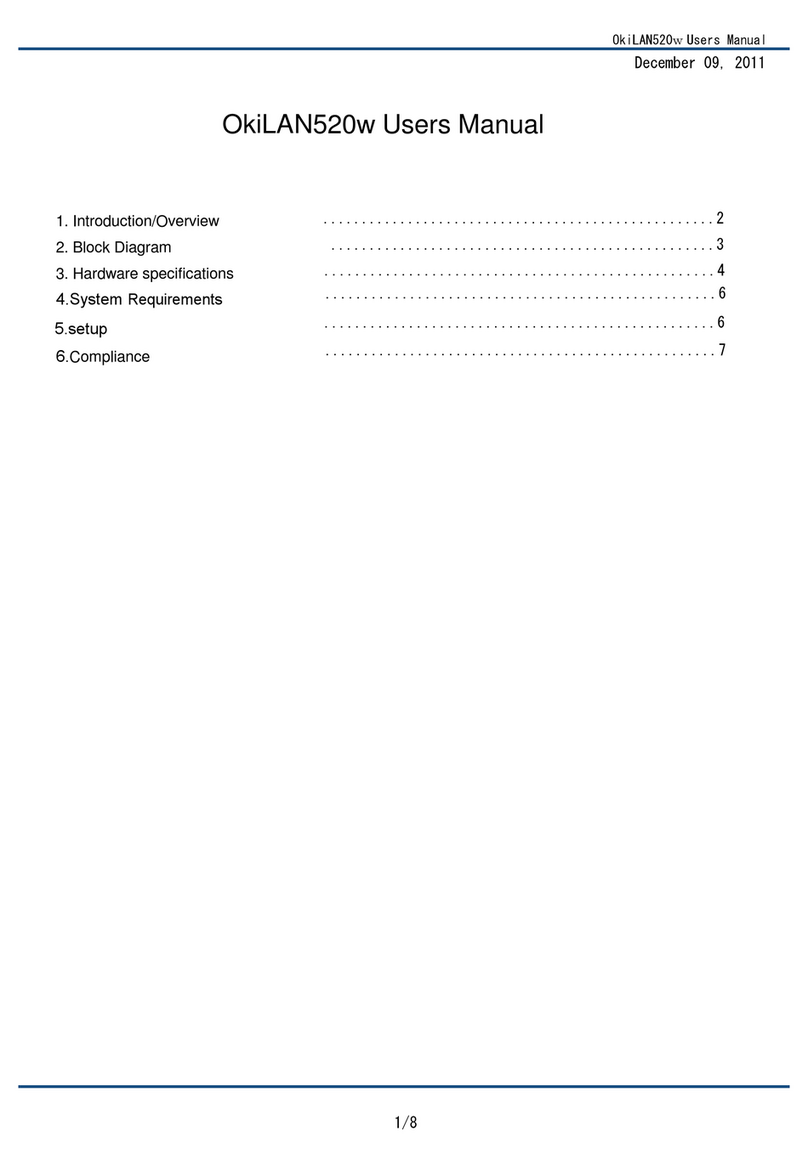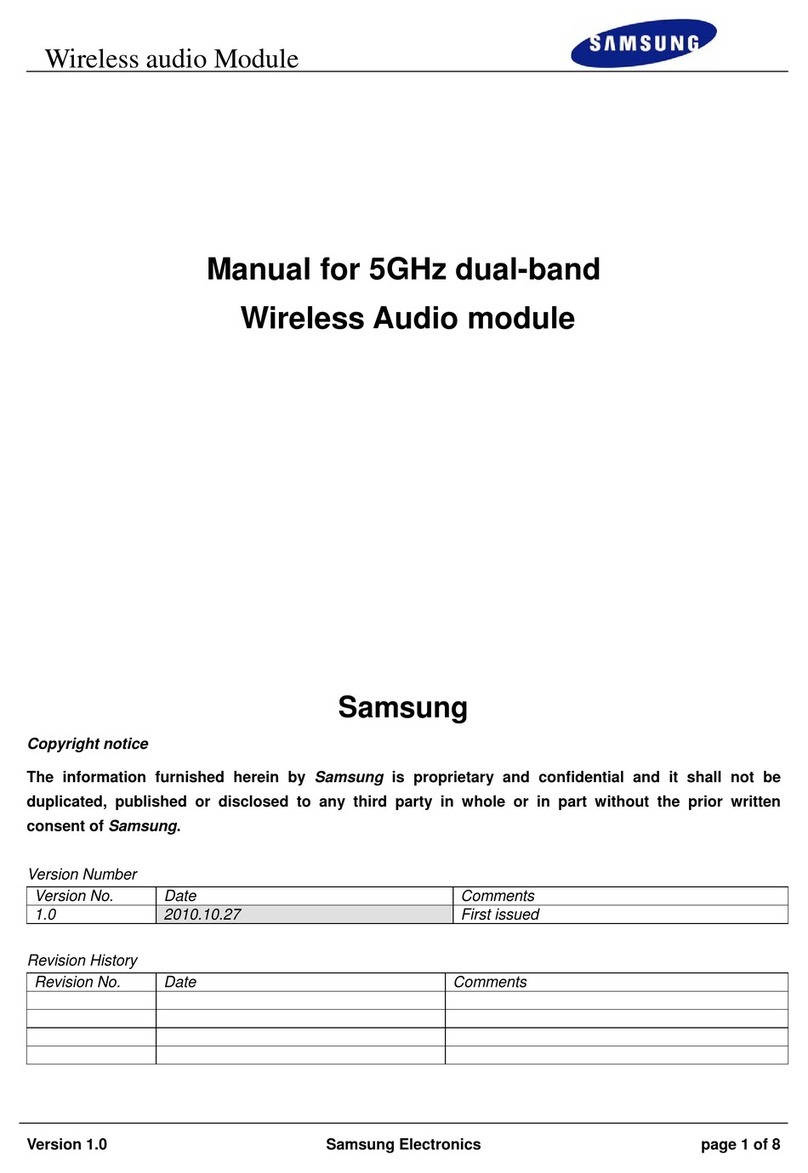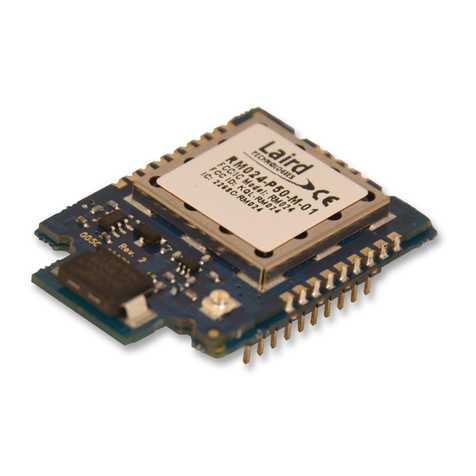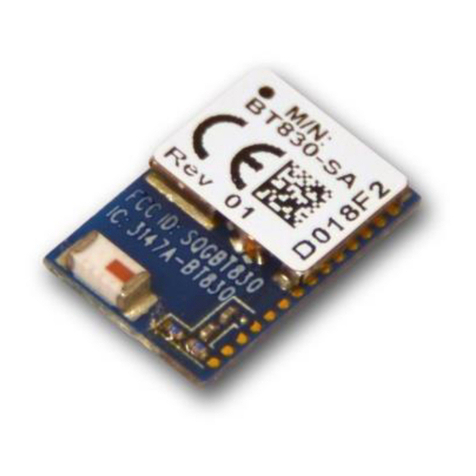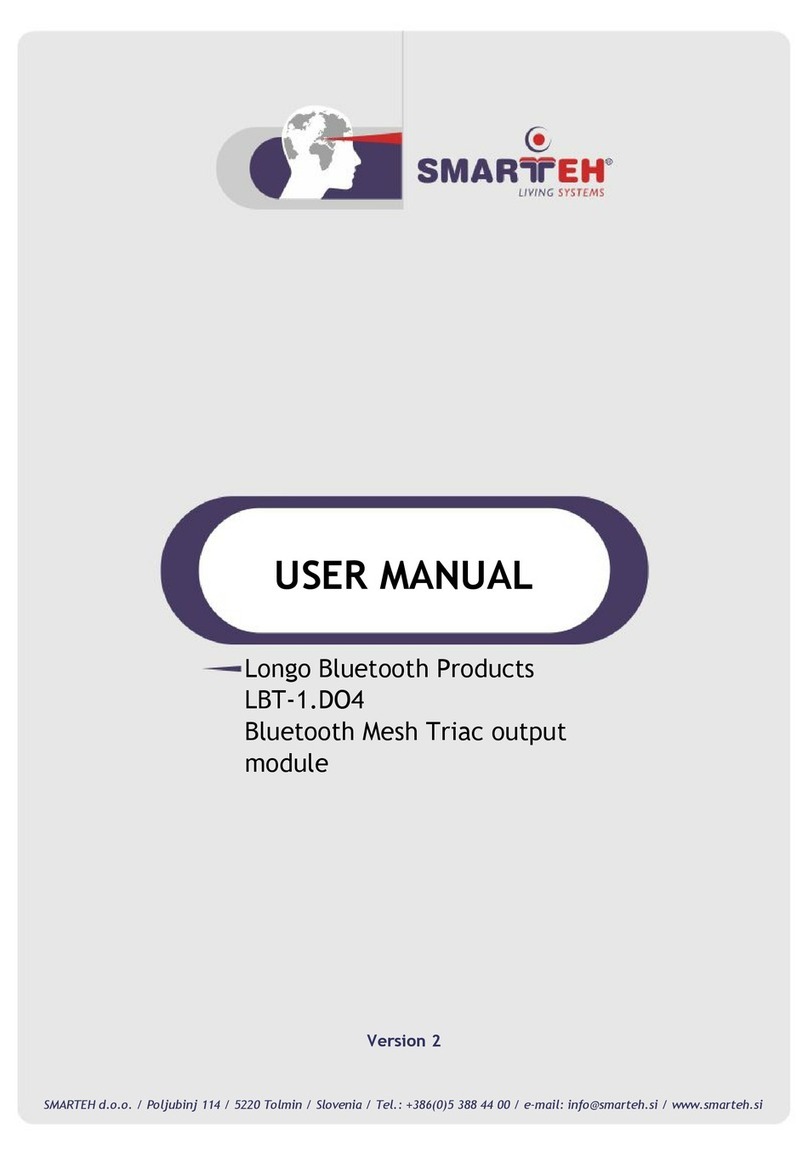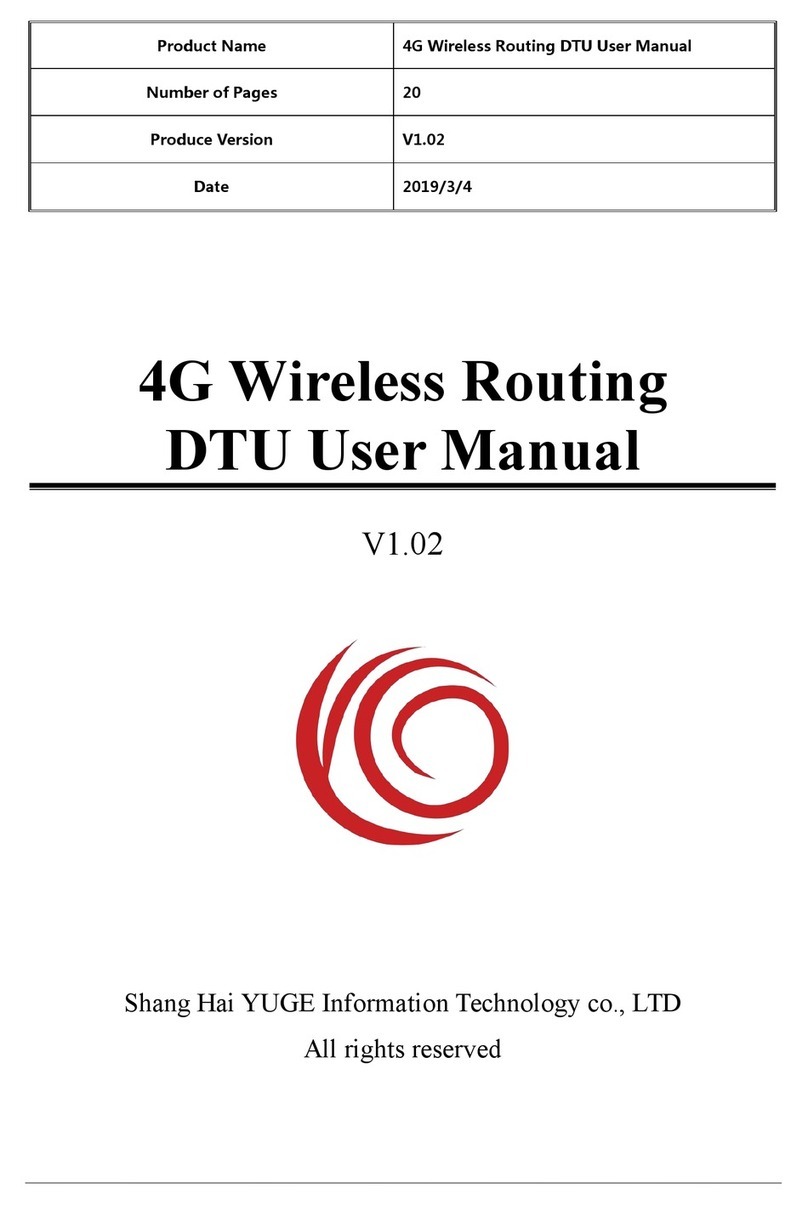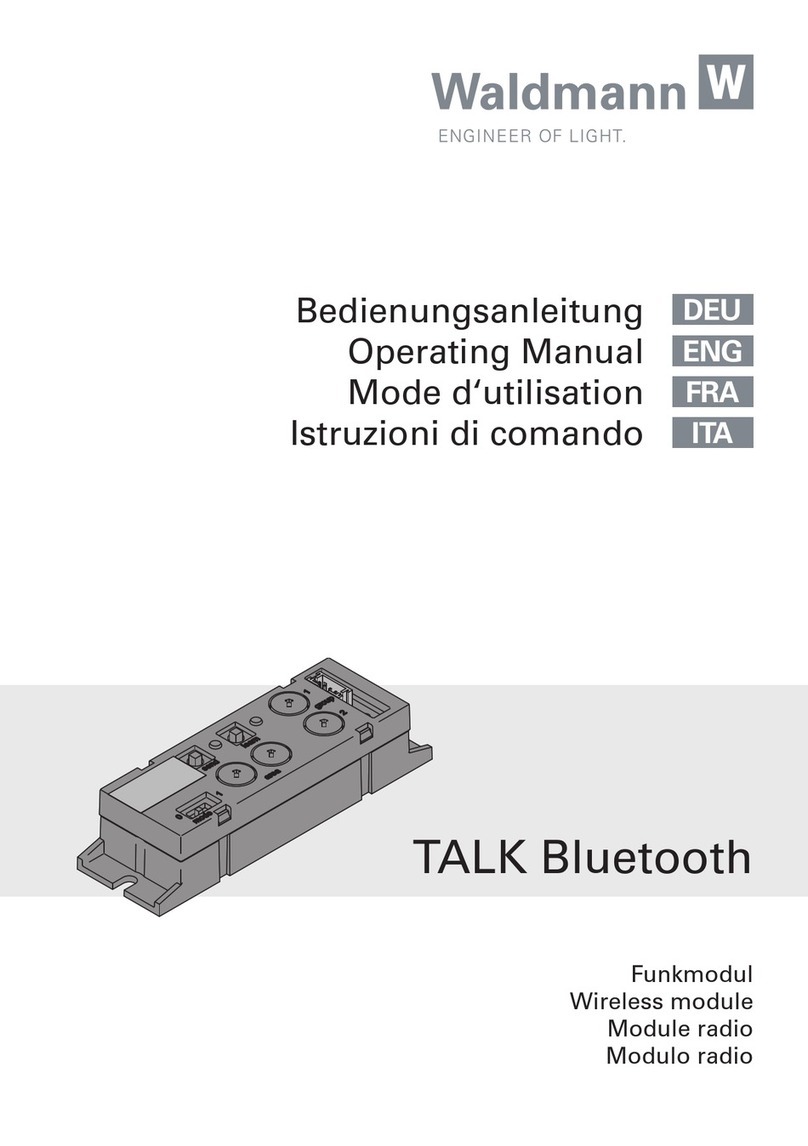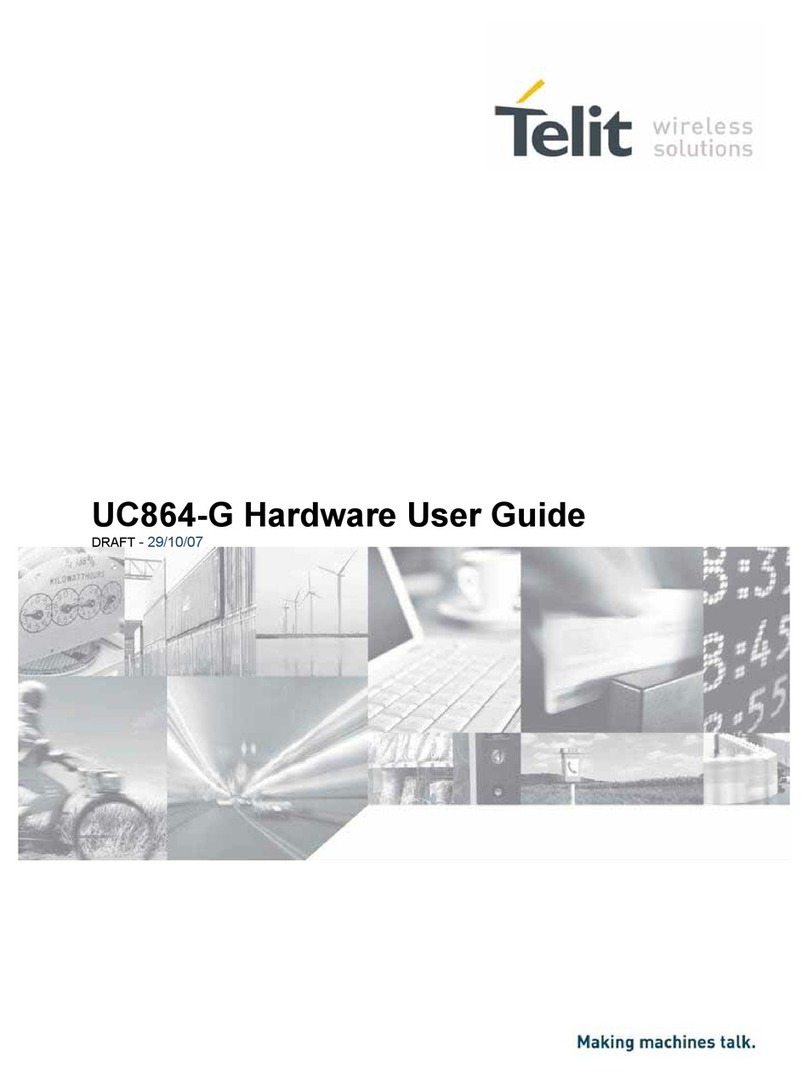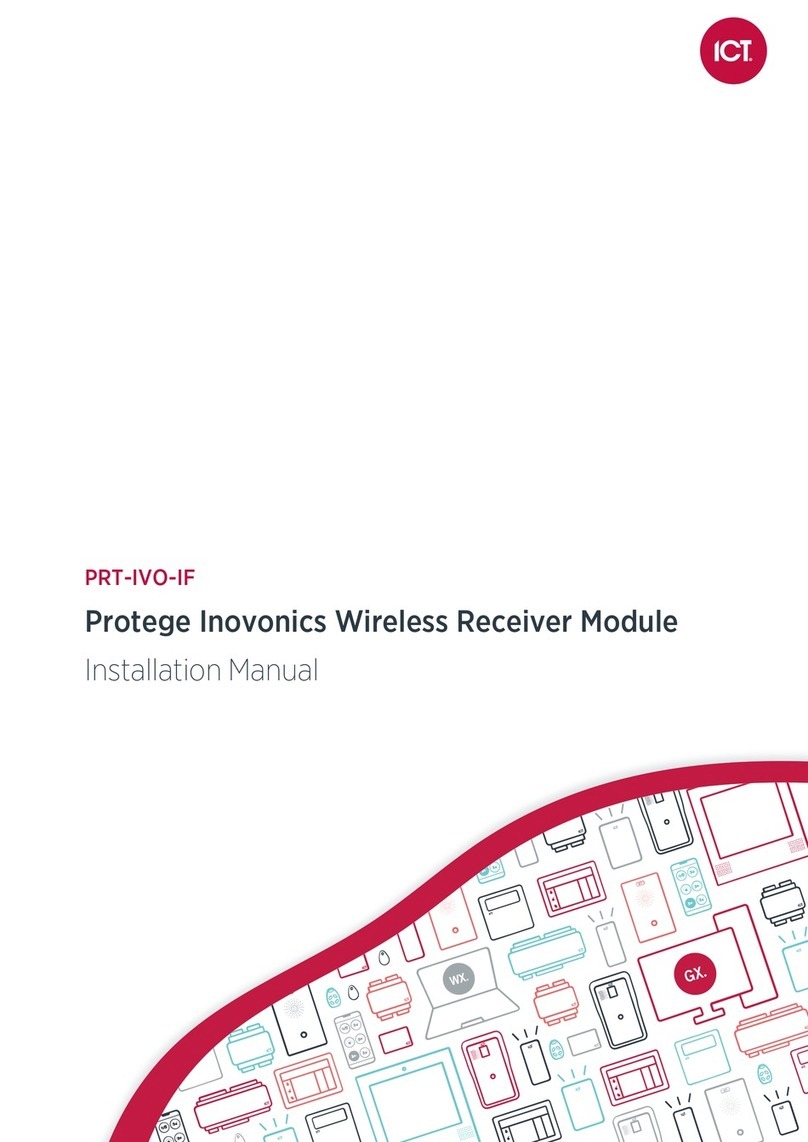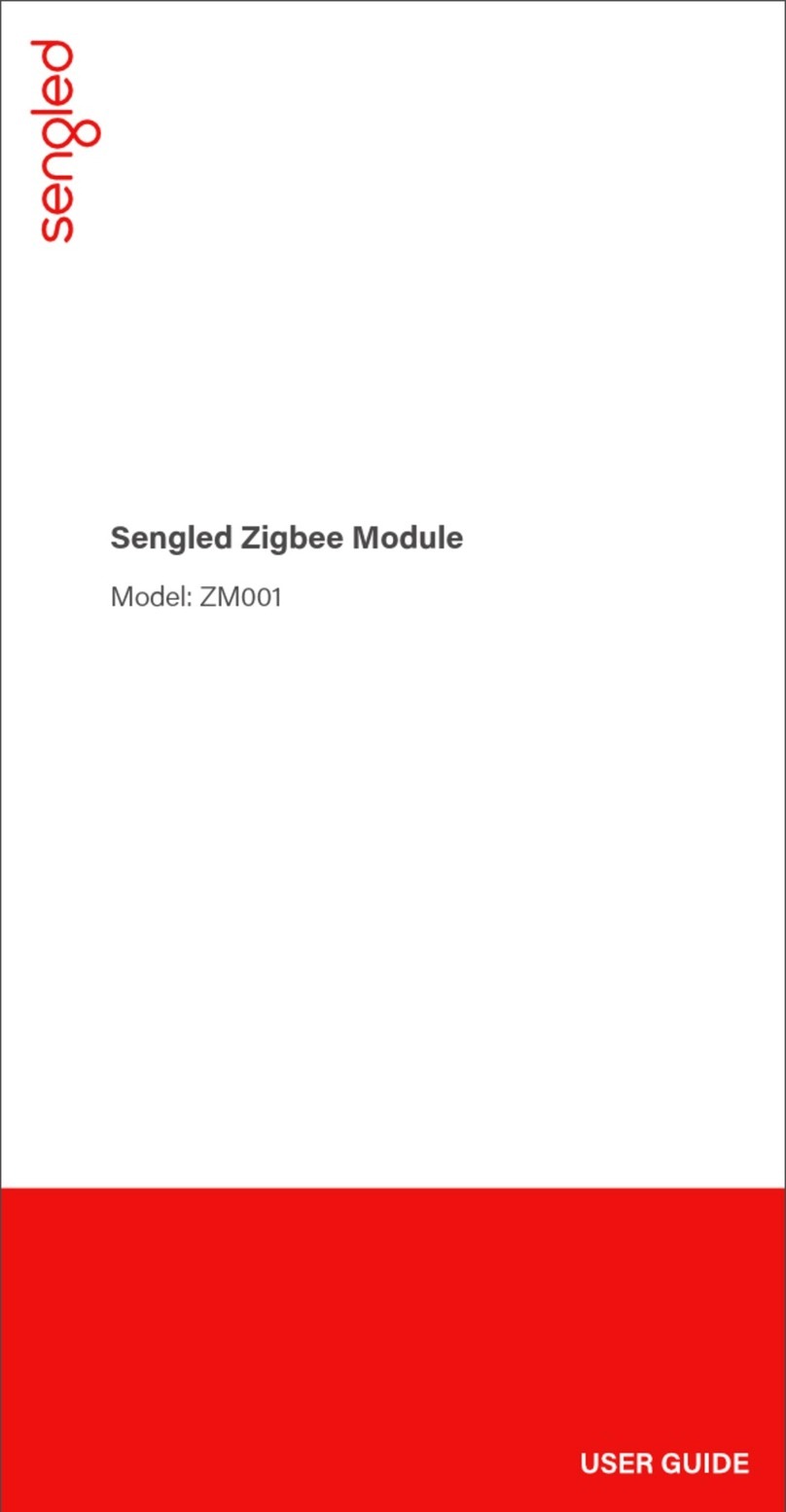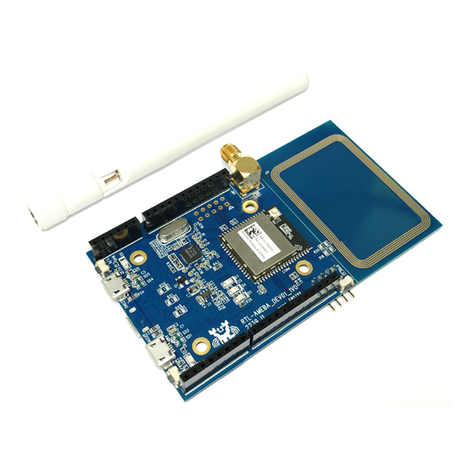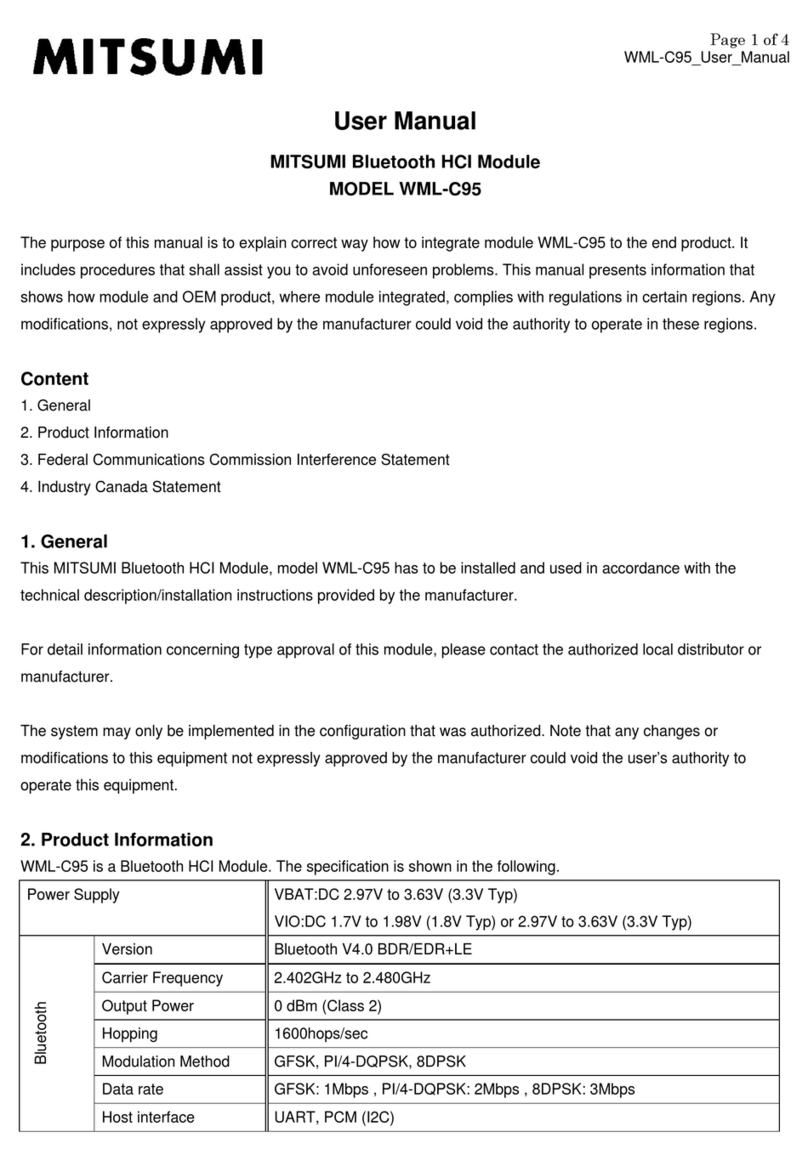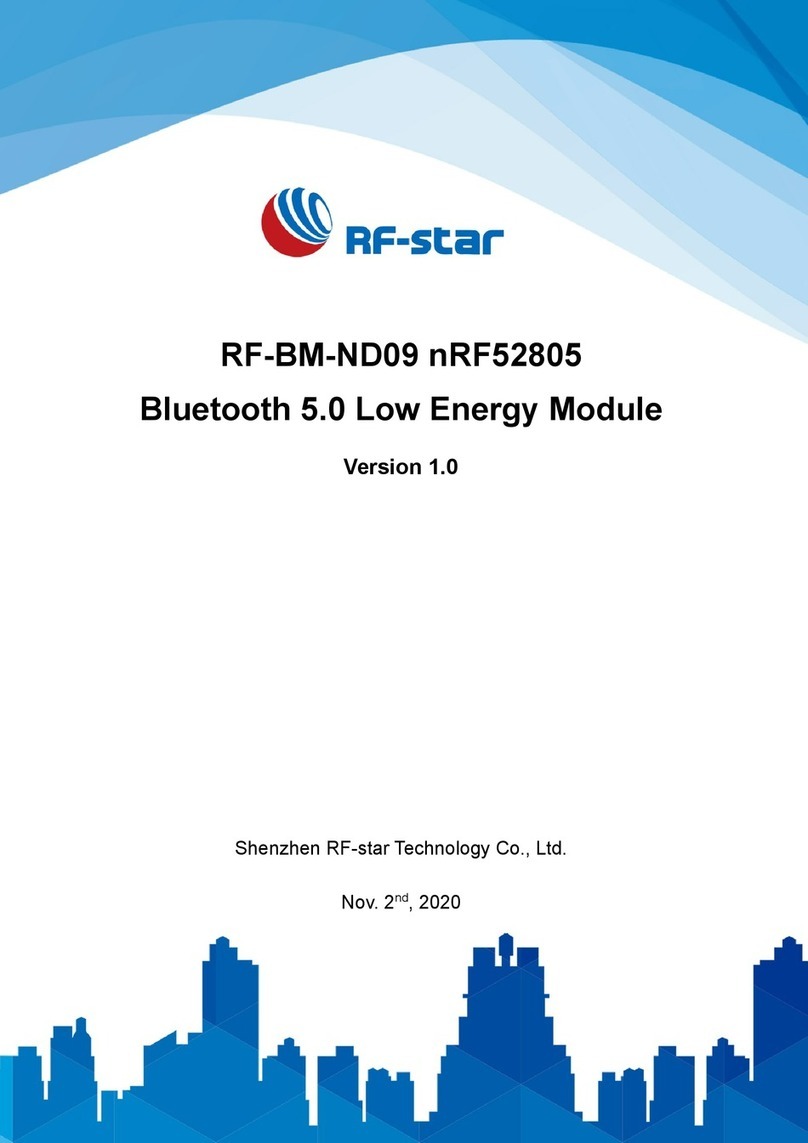
目录
Disclaimer and Copyright Notice ...................................................................................................................................4
Chapter 1 Overview .....................................................................................................................................................5
1.1 Introduction ...................................................................................................................................................... 5
1.2 Features .............................................................................................................................................................5
1.3 Application ....................................................................................................................................................... 6
Chapter 2 Specification and Parameter ....................................................................................................................... 6
2.1 RF parameters ...................................................................................................................................................6
2.2 Electrical parameters ........................................................................................................................................ 7
2.3 Hardware Parameters ....................................................................................................................................... 7
Chapter 3 Size and Pin Definition ...............................................................................................................................8
3.1 E29-400T22S Dimension and Pin definition ................................................................................................8
3.2 E29-400T22D Dimension and Pin definition ............................................................................................... 9
Chapter 4 Recommended Connection Diagram ........................................................................................................10
Chapter 5 Function Description ................................................................................................................................ 11
5.1 Fixed Transmission ........................................................................................................................................ 11
5.2 Broadcasting Transmission ............................................................................................................................ 11
5.3 Broadcasting Address .....................................................................................................................................12
5.4 Listening Address ...........................................................................................................................................12
5.5 Module Reset ..................................................................................................................................................12
5.6 AUX Description ............................................................................................................................................12
5.6.1 Indication of UART Output ................................................................................................................ 12
5.6.2 Indication of Wireless Transmitting .................................................................................................13
5.6.3 The module is being configured ..........................................................................................................13
5.6.4 Notes for AUX .................................................................................................................................... 13
Chapter 6 Working Mode .......................................................................................................................................... 14
6.1 Notes for Mode Switching ............................................................................................................................. 14
6.2 Normal mode(Mode 0).......................................................................................................................... 15
6.3 WOR mode(Mode 1)............................................................................................................................. 15
6.4 Configuration mode(Mode 2)................................................................................................................ 15
6.5 Deep sleep mode(Mode 3).....................................................................................................................16
Chatper 7 Register read and write control ................................................................................................................ 16
7.1 Command format ............................................................................................................................................16
7.2 Register description ........................................................................................................................................17
7.3 Factory default parameter ...............................................................................................................................19
Chatper 8 AT Command ............................................................................................................................................ 20
8.1 AT command table .......................................................................................................................................20
8.2 AT parameter analysis ................................................................................................................................. 21
8.3 IAP upgrade Notes ...................................................................................................................................... 22
Chatper 9 Repeater networking mode .......................................................................................................................22
Chapter 10 Configuration instructions on computer .................................................................................................23
Chapter 11 Hardware design ..................................................................................................................................... 24
Chapter 12 FAQ .........................................................................................................................................................25
12.1 Communication range is too short ............................................................................................................ 25


